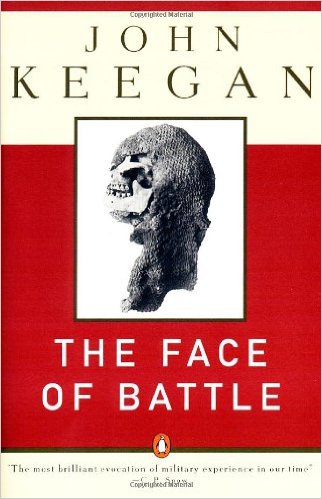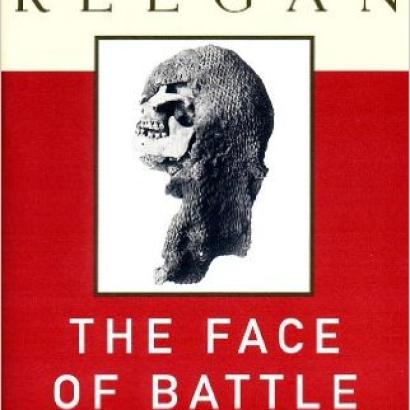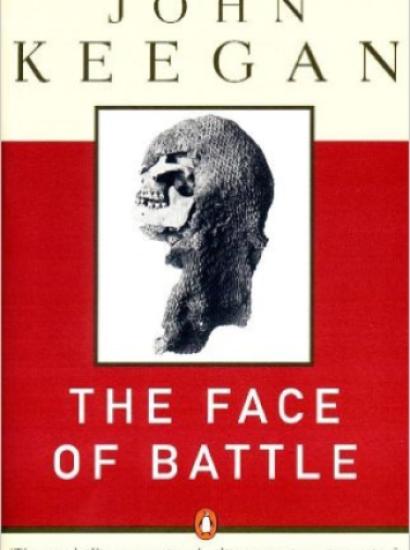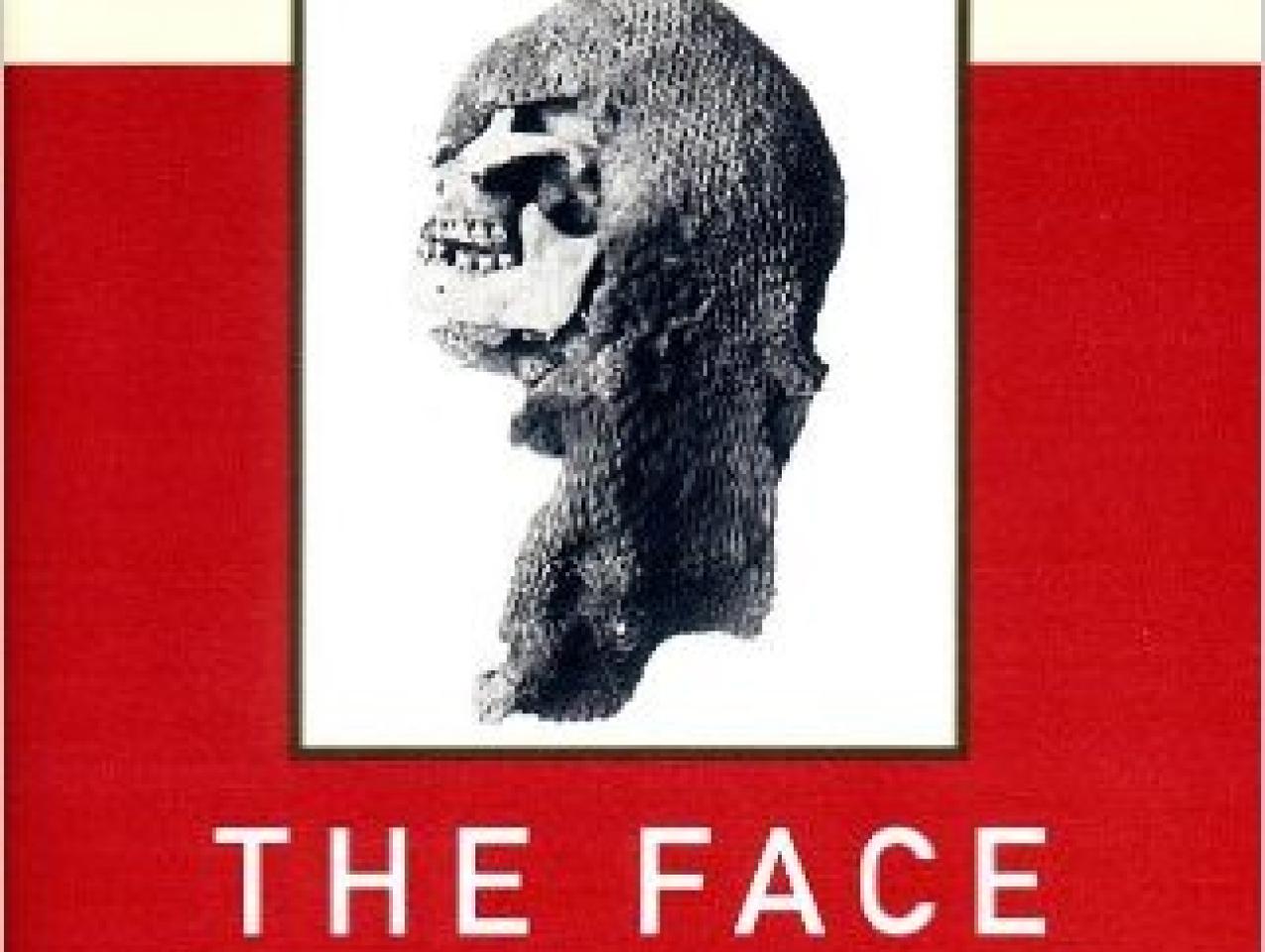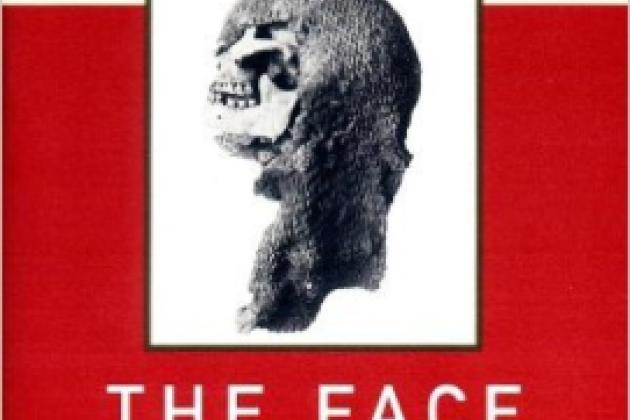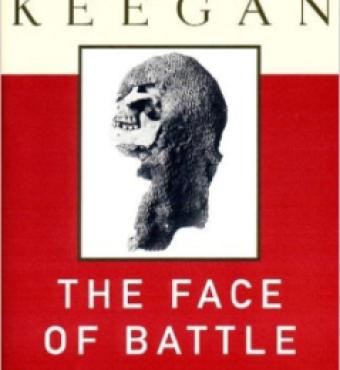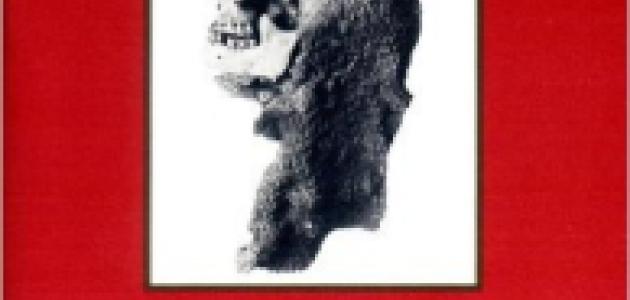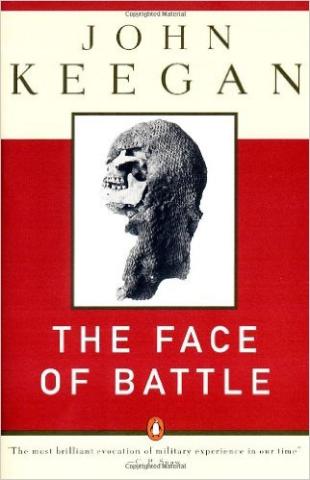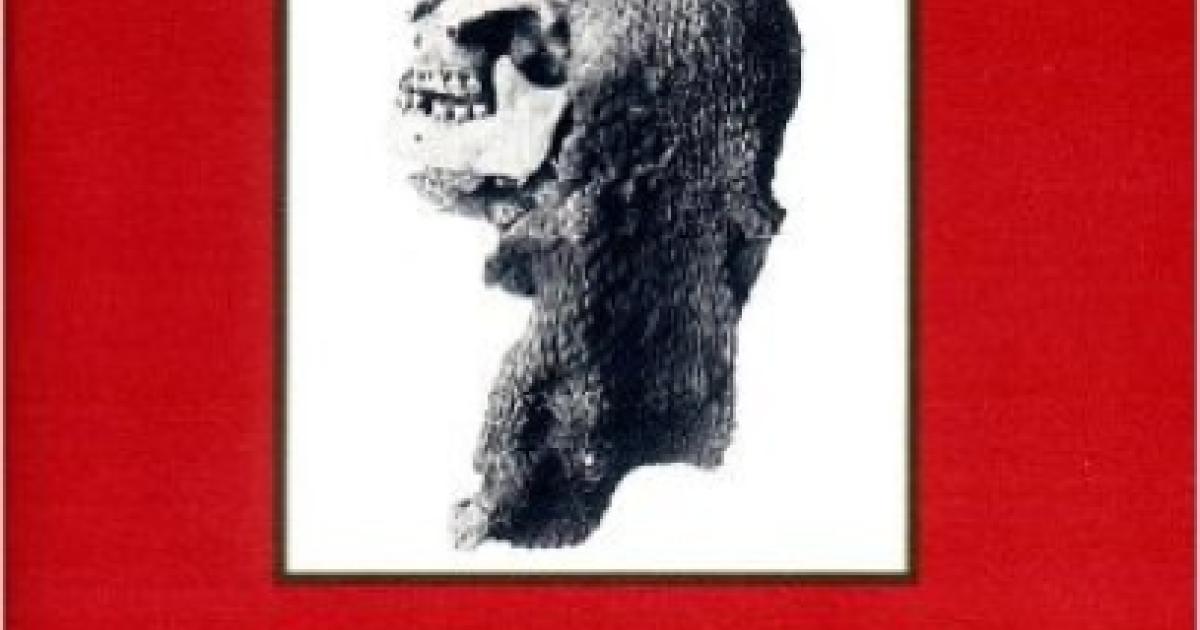- History
- Military
Until the development of the “New Military History” in the 1960s and 1970s, studies of battles and campaigns focused to a great extent on the actions of generals, with soldiers represented as caricatures, the scenery behind the real drama. Thus soldiers “push” up a hill with “measured tread” under a “hail” of fire. But what exactly do these images mean? In The Face of Battle, John Keegan details a more accurate representation of combat in three battles in British history: Agincourt, Waterloo, and the Somme. He explores the world of the common soldier: the anguish, the blood, the gripping fear that is the face of battle. At Agincourt, French knights do not valiantly ride into battle against the English; they stumble up a muddy hill and over the bodies of their dead and wounded comrades to engage in deadly hand-to-hand combat with the enemy. Soldiers at Waterloo were wet, cold, tired, and hungry as they went into battle; the noise, smoke, and confusion of the fighting make any comprehensive description nearly impossible. Artillery fire was enormously destructive when cannonballs careened into infantry deployed in line or square, but held in place by firm discipline and a sense of honor, the British lines remained unbroken until the end.
The most gruesome of the three battles is the Somme, due largely to the enormous killing power of “automatic and inhuman” industrial-age weaponry. Keegan details how despite the enormous weight of artillery shells fired at German lines—12,000 tons—only 900 tons were high explosive, and of this latter number only a fraction were timed to explode after penetrating into the earth and therefore effective against fortifications and wire obstacles. The result was 60,000 British soldiers killed or wounded on the first day of battle alone. Unless one digs into the details of battles, Keegan argues, one will never understand their outcomes.







